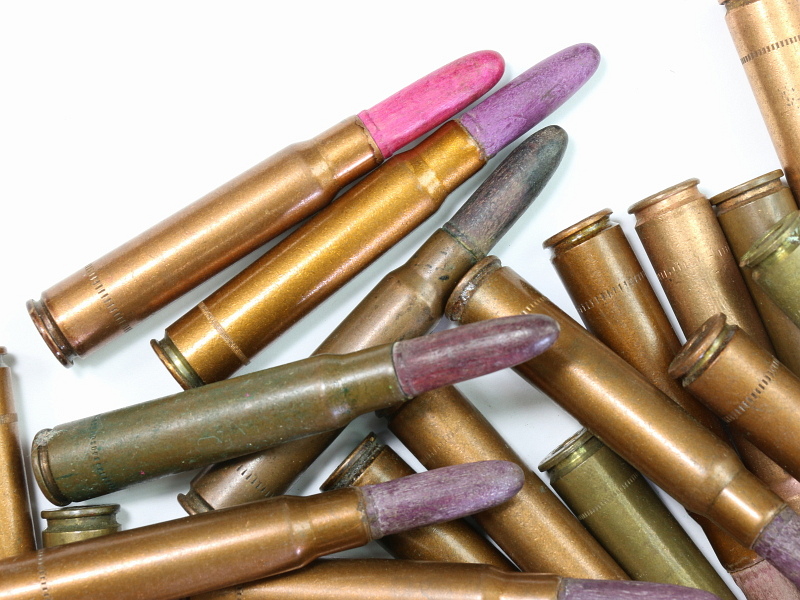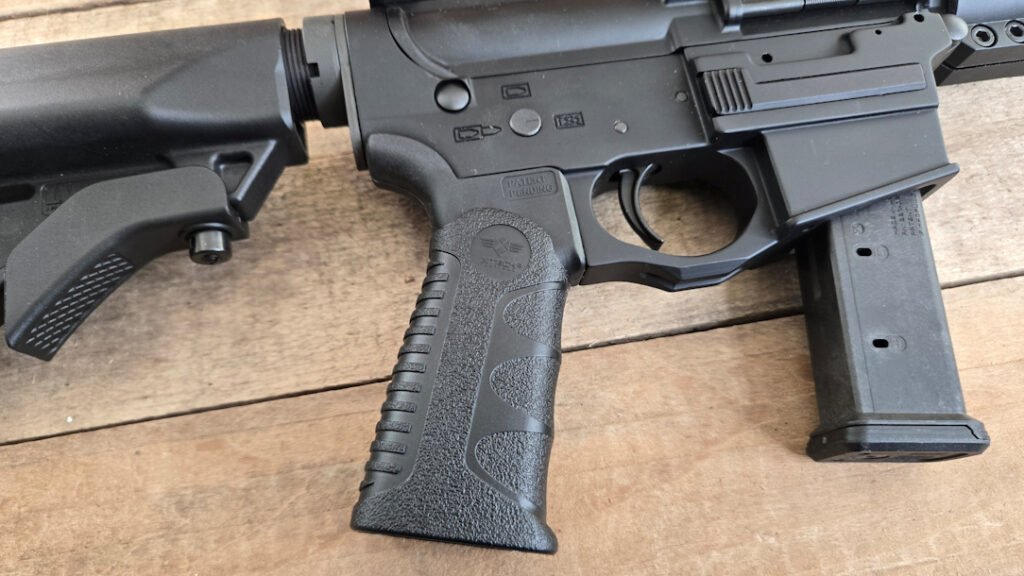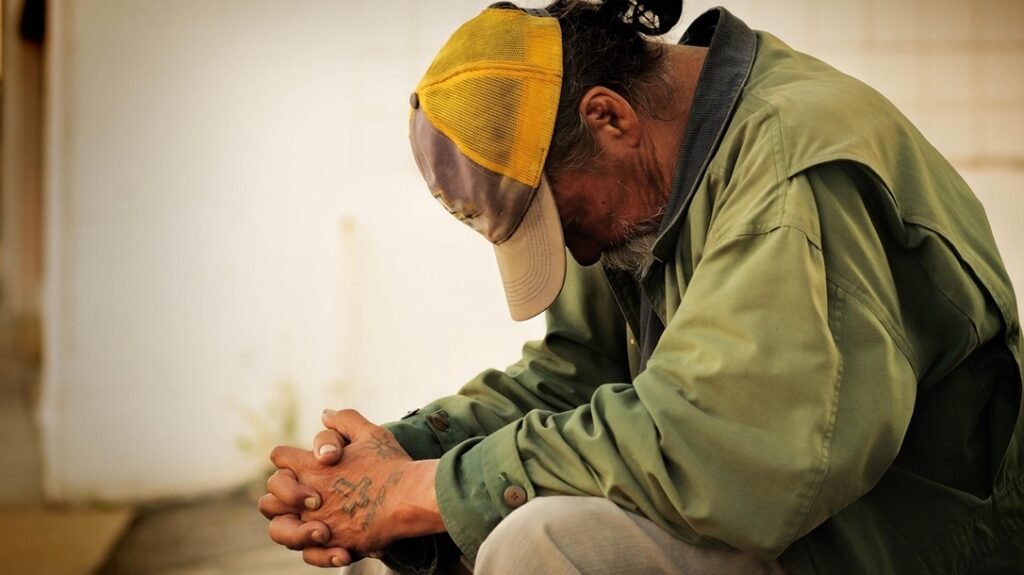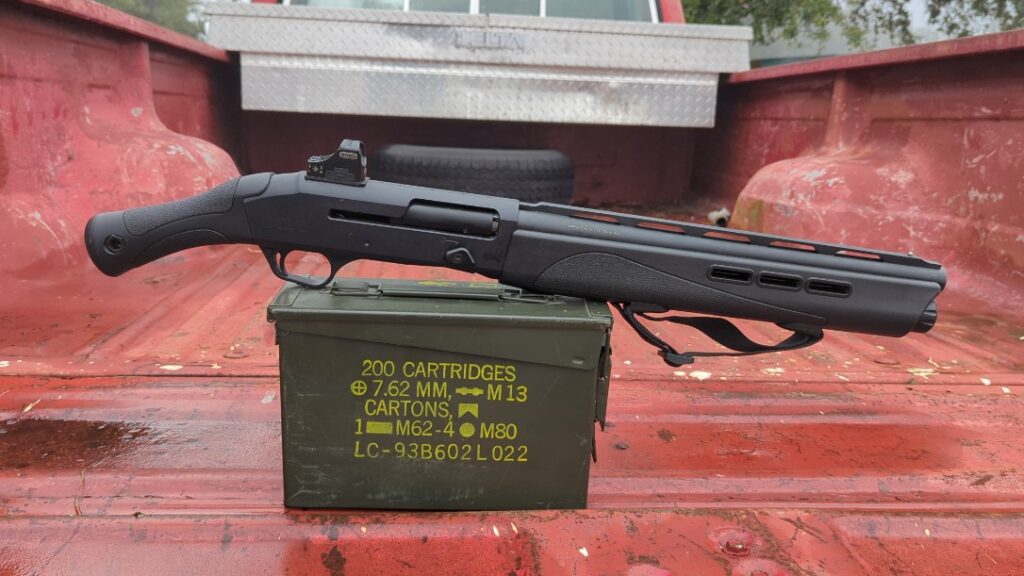Wooden bullets sound like a terrible idea all around. What’s the point? Can you make a Spitzer-style wooden bullet? These days, we don’t hear about them so much, but when I was a kid, it seemed like one of those things that came up fairly frequently. I blame it on the fact I watched a lot of History Channel before it was Aliens and Pawnstars. The wood bullet mythos seems to come out of World War II.
Wood bullets used by German and Japanese forces were the subject of numerous modern myths. The Brits used wood bullets as well, but because they were our allies, we know they used them for training purposes to save metal. Their use by German and Japanese forces was often portrayed as a devious, deadly, and dishonorable tool. However, it’s all pretty much bunk.
Let’s discuss the myths and truth about wood bullets.
Advertisement — Continue Reading Below
The Myths
First, it seems agreed that one reason the Japanese and Germans used wood bullets is because they were running out of metal. We were kicking them across the Pacific and Europe, and boy, they couldn’t keep up! That’s the first myth: metal wasn’t the reason why wood bullets were used.
Another myth states that these dastardly, devious devils used wood bullets because X-rays couldn’t find them. Troops would needlessly suffer! It was also said they were used because they exploded into splinters, making wounds brutal and hard to treat!
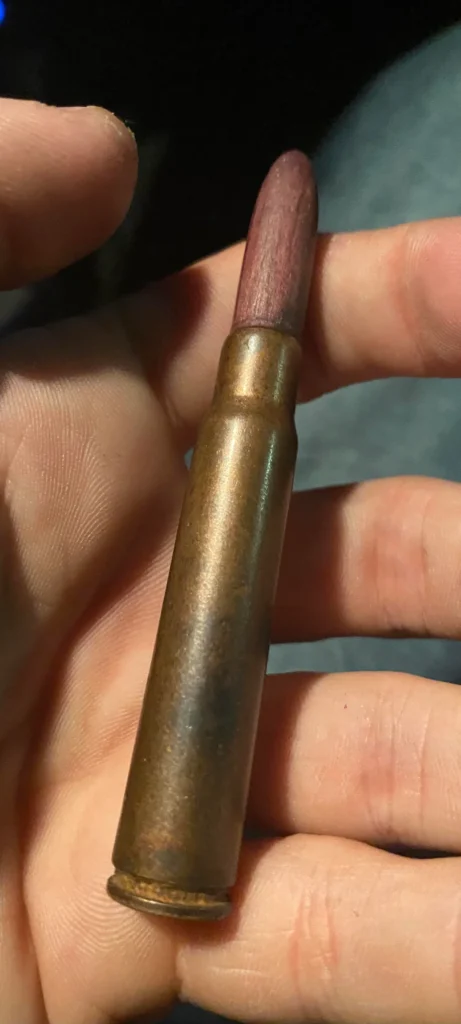
Advertisement — Continue Reading Below
Supposedly, Japanese Snipers used wooded rounds to cause infections. Merritt Edson, of Edson’s Raiders, assumed that when he found cartridges loaded with wooden bullets on Tulagi Island.
The Germans were actually poisoning their wood bullets. You could tell this because some were just plain wood, but others were painted blue, black, or red. These colors signified specific poisons used.
Myths about the enemy during wartime are nothing new. It’s a way to dehumanize and believe the very worst of your opponent. You are the righteous warrior putting down the scourge that is the enemy of America.
Advertisement — Continue Reading Below
The Reality
Japanese and German forces indeed used wooden projectiles on cartridges. However, it’s tough to even call them projectiles. They were more like plugs. A wood projectile is too lightweight to travel very far or achieve a significant velocity. It would be easily deterred by wind and light brush. I’m sure they could kill someone, but like birdshot, it’s the worst tool for the job.

They also weren’t poisoned or intended to cause infection. They were used to launch rifle grenades. The wood bullets weren’t used, but the blanks they installed on launched rifle grenades. The actual wood bullet would be hollow and made from softwood. It shattered when fired.
Advertisement — Continue Reading Below
Their purpose was to ensure reliable feeding in the bolt-action rifles of the era. With a wooden bullet, the overall length of the cartridge remained the same, allowing for smooth feeding. Americans used seven petal rosette crimped blanks and previously had used paper. They had never seen wood-tipped blanks.
Germans dyed the wood cartridge tips to differentiate which grenade the blank was meant to launch. There was no poison. That said, there is no evidence anyone had ever used these cartridges to fight, and if it happened, it was because Hans forgot to switch back to the real rounds when the fight kicked off.
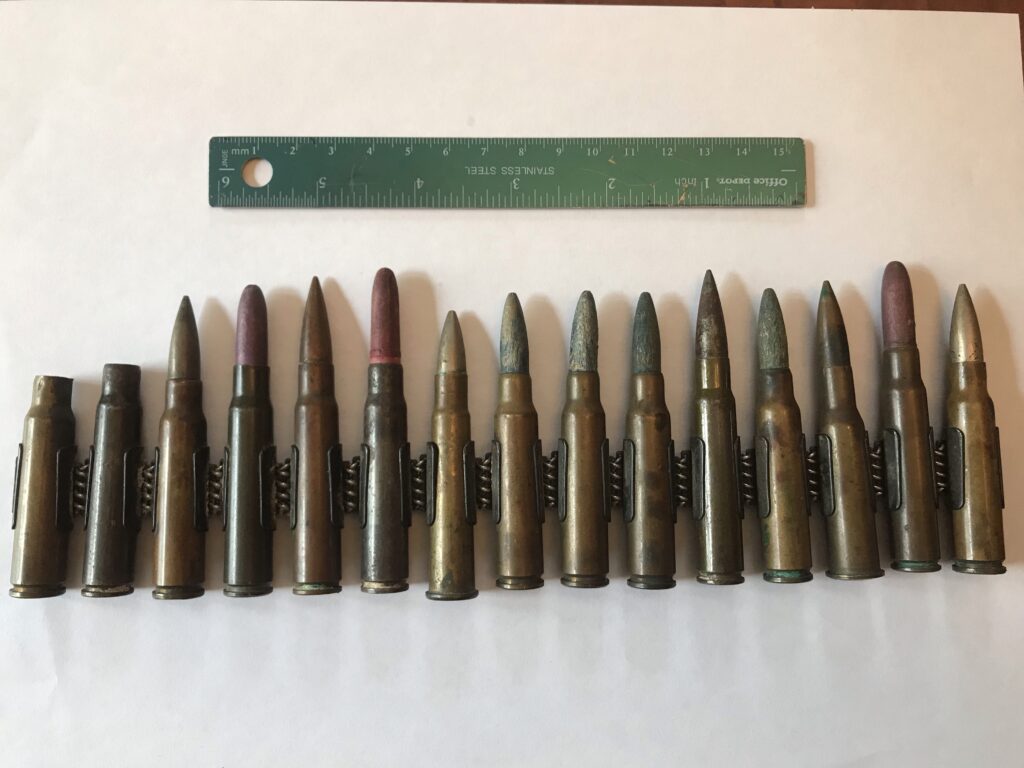
Advertisement — Continue Reading Below
The Wood Bullet World
Wood bullets have come and gone. They’ve seen their fair share of mythos, but we’ve developed easier ways to launch grenades. I’m betting the fragile nature of the design made them a bit of a hassle anyway. It’s still interesting to see the different interpretations different soldiers had when finding these oddities on the battlefield.
